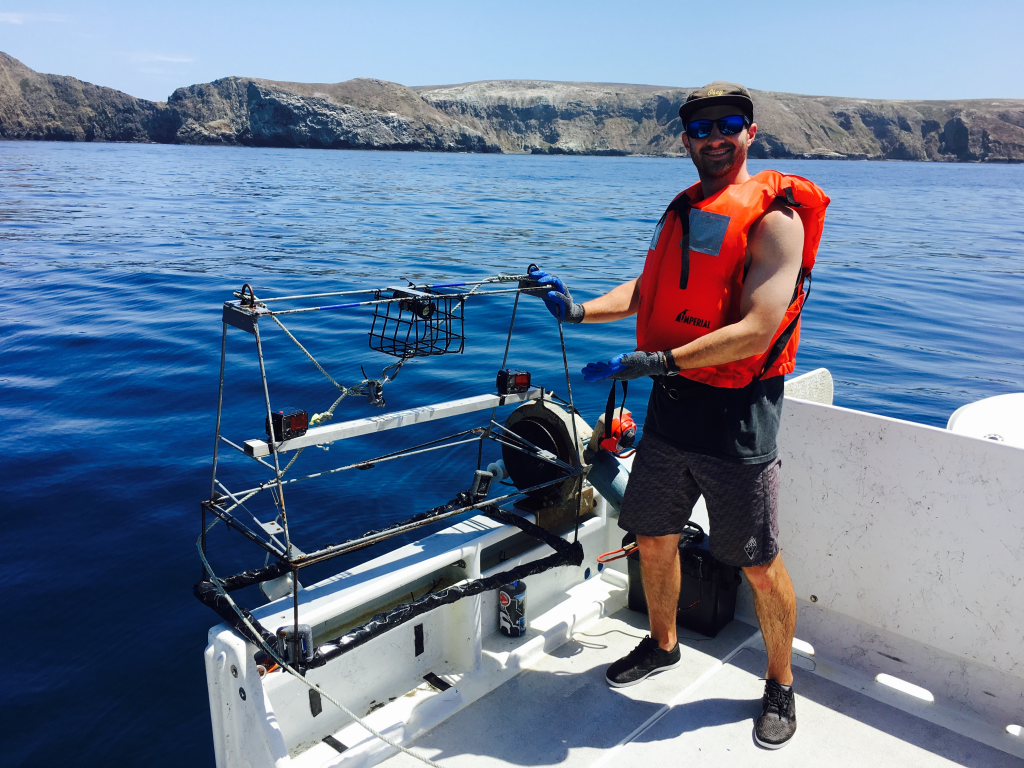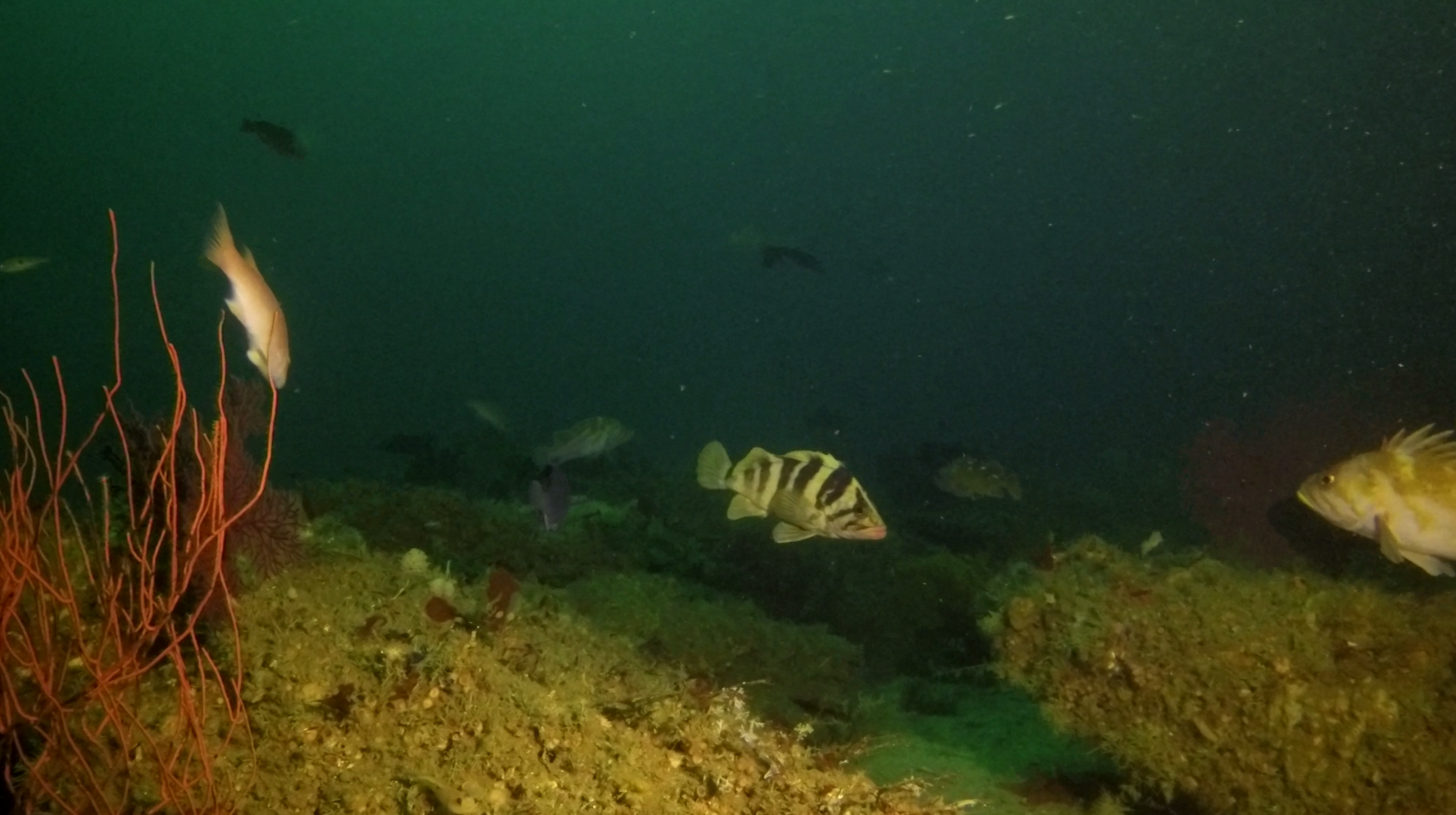Shallow Water Landers
The state of California began implementing a statewide network of 124 Marine Protected Areas in 2007, starting with Central California. Southern California implemented their network of MPAs in 2012. While a number of these MPAs have been surveyed annually by SCUBA, these surveys are typically limited to water shallower than 30 m. In order to better inform marine resource managers, we have developed a set of drop camera tools, dubbed 'mini-landers' to survey portions of Marine Protected Areas beyond SCUBA depths.
Channel Islands

We went to the Channel Islands to couple SCUBA surveys with our newly developed drop camera surveys. By utilizing both survey methods, we could evaluate the reliability and cost-effectiveness of our new drop camera method. It was also our goal to test the effectiveness of crowd-sourcing and citizen-science approaches to analyzing video data. Involving members of the public can both increase trust in science-driven management as well as increase the sense of shared ownership with our natural resources. Specifically, our research objectives were to:
- Test new, inexpensive video tools, evaluate their effectiveness and assess the potential for citizen science application in video analysis
- Test metrics (species composition, length frequencies) obtained by mini-landers vs SCUBA surveys
- Provide the information collected to management agencies with recommendations for their use in fisheries management and MPA evaluation
We surveyed the Santa Barbara Channel from Point Dume to Point Conception. We chose this area as it has been extensively mapped by the California Seafloor Mapping Program (CSMP). We also tested whether crowdsourcing could be used to analyze large video data sets. We provided undergraduates with a fish and invertebrate identification booklet and a subset of our video data. We then compared the accuracy and precision of their species identification with those of trained observers.
Our mini landers were successfully used in the Channel Islands to evaluate fish assemblages and to test metrics such as length and species composition. We are now working in collaboration with UC Santa Barbara (ucsb.edu) to evaluate MPAs. Our design has been adopted by various other scientists who are surveying a variety of habitats across the globe.

Monterey Bay

In collaboration with CSUMB, we are currently surveying sites around Monterey Bay to evaluate species habitat associations and fish assemblages. Specifically, how environmental and physical factors affect nearshore fish distributions. Our objectives are to:
- Characterize changes in relative abundance, diversity, and size distributions across a depth gradient at different sites off the Monterey Peninsula
- Characterize changes in relative abundance, diversity, and size distributions across two different habitat types with different levels of relief
- Characterize changes in relative abundance, diversity, and size distributions at two different sites with different levels of wave exposure
We are gearing up for another round of sampling in summer 2022 and are excited to share the results!

